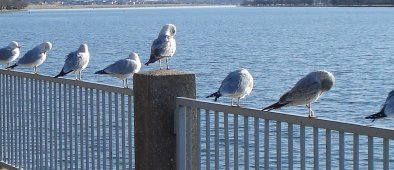I was watching the History Channel today about Neanderthals. Back when I was in school, we learned that they were a separate species from modern humans and that it was likely that anatomically modern humans were hostile to them and maybe wiped them out either through competition, conflict or a combination of both. The Neanderthals were portrayed as brutes, who lacked the skills and organizational abilities that made modern humans so successful. Now the Neanderthals have been upgraded. According to scientists on the show, these guys not only were among our ancestors, but may have contributed the gene that makes it possible for us to learn language – the quintessential human trait.
Science is not neutral. It is embedded in current culture and sensibility. Even if scientists answer all the questions in an unbiased way, the questions themselves are heavily influenced by the surrounding society. The original theories of the Neanderthal were postulated in the 19th Century, in an age when conflict and competition was accepted as a part of nature. Today being cooperative and inclusive is in style, so it should come as no surprise that we now see our long lost cousins in kinder and gentler terms. I don’t know what the Neanderthals were like. Nobody does. We I do know is that our speculations often depend more on us than on what they were really like.
BTW – a fascinating book on the subject is Before the Dawn, which traces human prehistory by studying changes in our DNA. The interesting thing is that evolution didn’t end; it is just not operating to the same sorts of characteristics. Evolution doesn’t always go in the direction of improvement. Fitness in the Darwinian sense just means that you contribute more genes to the next generation. To accomplish this in the natural environment, you usually needed to be stronger, faster, smarter or very lucky, but the pressures have abated. By Darwinian standards, the fittest person in history may be that woman who just had eight kids, on top of the seven she already had.
Another change in interpretation has to do with dinosaurs. I learned that giants were clumsy, lumbering reptiles. Now we hear that some we agile and maybe were warm blooded with feathers. Who knew? Most of today’s real cool dinosaurs, such as raptors, were largely unknown when I was a kid.

Above are little dinosaurs?
BTW – Chimps are very aggressive, as we were reminded by the recent chip attack. In the wild about 1/3 of male chips die from violence. Primitive man was/is violent too. That is our heritage that we struggle to overcome with our civilization. There is no such thing as a noble savage (and Rosseau sucked anyway.)
